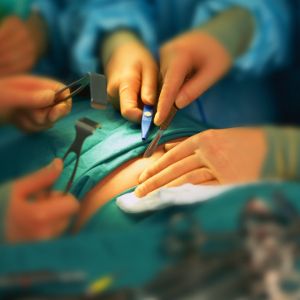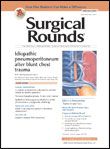Risk Factors Identified for Wound Dehiscence Following Abdominal Laparotomy
Although wound dehiscence is believed to occur in only 0.2-6% of abdominal laparotomies, its associated mortality rate is high.

Although wound dehiscence is believed to occur in only 0.2-6% of abdominal laparotomies, its associated mortality rate is high, ranging from 9-44%. Nevertheless, experts have not yet reached a consensus on the risk factors for dehiscence.
Thus, a team of researchers recently set out to determine the factors that might predispose patients to wound dehiscence after abdominal laparotomy. For their prospective study, which appeared in the January 2014 issue of the Journal of Clinical and Diagnostic Research, the investigators enrolled 50 patients who developed partial or complete wound dehiscence following laparotomy. According to the authors, the majority of the patients were healthy but required emergency surgery.
The researchers identified several significant trends, including:
- Postoperative wound infection was observed in 90% of patients and considered causative of abdominal wound dehiscence.
- Renal failure was seen in 38% of patients.
- Body mass index (BMI) >35 appeared to be a risk factor, as 32% of the patients were obese.
- Anemia was identified in 26% of patients.
- Low serum albumin was a contributing factor in 24% of patients.
- Patients aged 31-40 years were most likely to develop dehiscence, with men at greater risk than women. Twenty-two percent of patients fell into this category.
- One-fifth of dehiscence patients underwent emergency laparotomy that lasted longer than 2 hours, which was previously identified as a risk factor.
The researchers indicated all study participants had multiple risk factors that contributed to wound dehiscence, across a range of 3-11 factors. They recommended screening for those risk factors and addressing them promptly whenever possible, or increasing monitoring if they cannot be addressed.
